Digital Hubs- Bigger Than Broadband
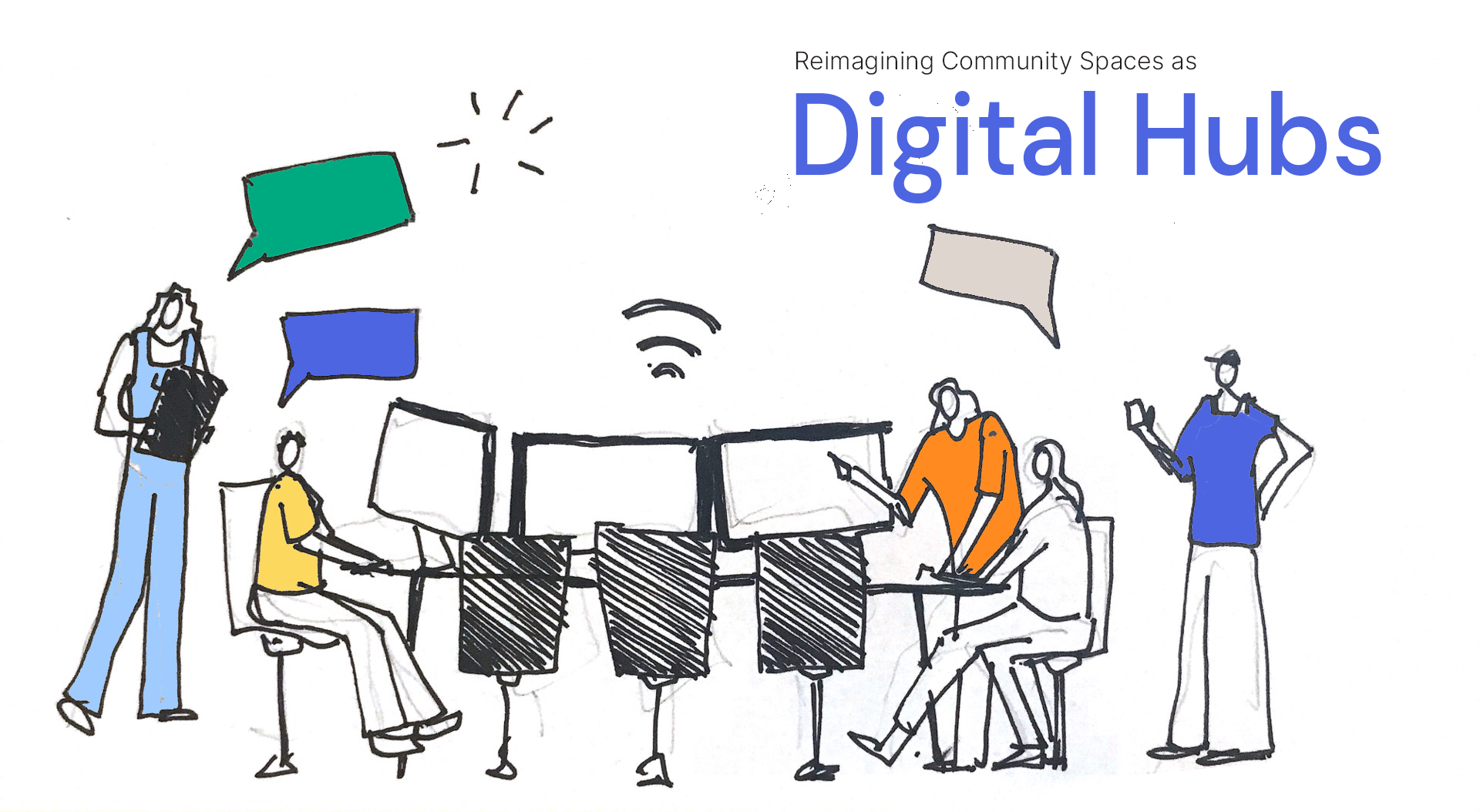
Steve Jobs famously said, “If you find the problem correctly, you almost have the solution”. And that’s precisely what this course has achieved. A month or so ago, participants of the Reimagining Community Spaces as Digital Hubs course (called challengers) had completed part one of the design thinking journey. Understanding the problem by identifying, listening and responding to people’s needs around the theme of digital hubs.
Challengers from County Monaghan, all hoping to create a digital hub of their own in the near future, have undertaken the process of design thinking to unravel the definition of a digital hub, research case studies and inspirational projects and develop an open and inclusive engagement strategy that took the form of a survey. Their survey explored people’s needs, hopes, dreams and experiences with commuting and working from home. Understanding what a digital hub needs to be, offer and inspire came from insights that got to grips with the root of real problems. Challengers have responded to the voices of survey participants with a newly defined brief that has suggested ideas with what they can do to help. The different design thinking tools used throughout this process have hosted the discussions in working up the questions, analysing results and writing a new brief holistically and with empathy.
Within the last 2 years, the sense of the workplace has altered drastically. And as we slowly return to the office environment, the relationship people have with their commute to work has also changed. Challengers were on a quest- can we bring the advantage of working alongside others and working locally together? A digital hub should provide the opportunity to work alongside others and meet our wishes to be more present in the community. Throughout the course, we focused on the knock-on effect of reducing commuting times by providing a digital hub service, enabling us to use and support a wider variety of local services and contribute more time to family or community life.
But it isn’t just the current digital climate that challengers have investigated when identifying the problem. Challengers have also questioned how we can ensure the survival of digital hubs in years to come. What is the relevance of a digital hub in 20 years, when broadband could be widely available everywhere? Challengers have concluded that a digital hub can not only offer a computer suite and a desk but something much more- a digital hub must offer a sense of community. The term Collaborative Collision was used to accentuate the importance of making new connections with other community members in this space. Secondly, a digital hub must be diverse in what it offers. Challengers thought it should provide training services that empower people with new skills and provide links to services like exercise classes or childminding facilities. When re-writing their brief, challengers aimed to remove barriers that people have to use a digital hub whilst finding new opportunities in doing so.
These insights were only discovered through using a user-centred approach. In other words, putting people's needs first. We hope that the connections challengers have made become a foundation for support when they ideate solutions and materialise their ideas for their own digital hubs. At Innovating Communities, we cannot wait to see how challengers evolve their individual projects in the future.
Connectivity / Broadband, Local Services, Place & Space
Read More
Start A Conversation
To add a link, just write the URL and we'll make it clickable.


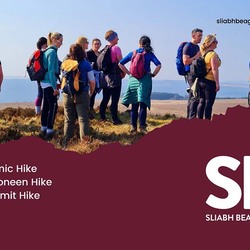

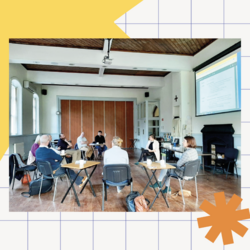




.png)
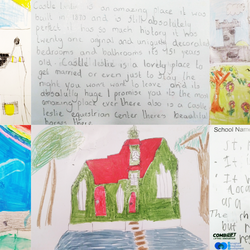
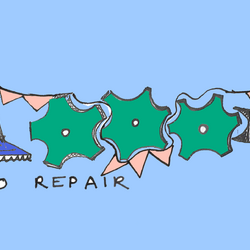
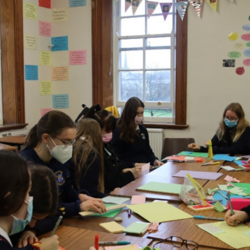
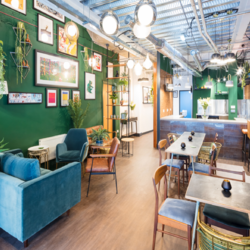
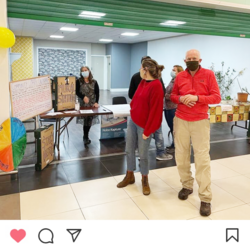
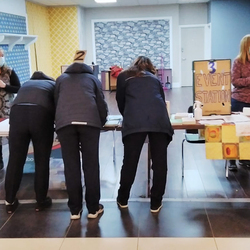

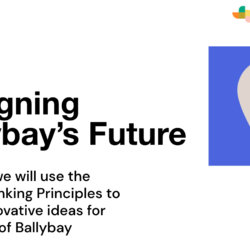
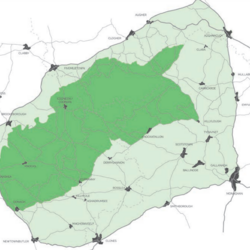
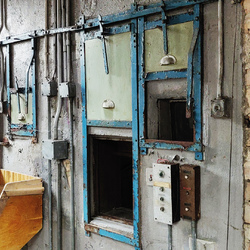

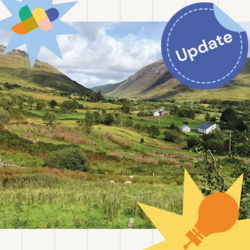
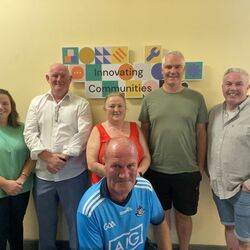
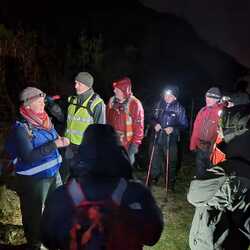
.png)

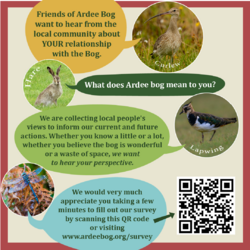

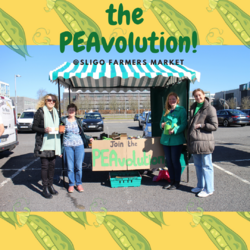
-01.png)



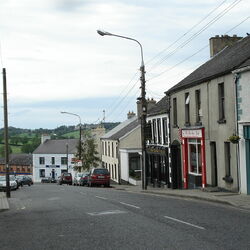

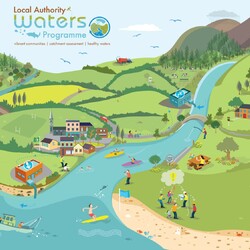
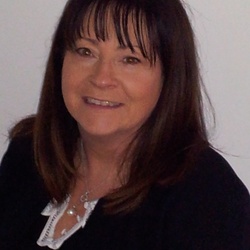
No comments yet. Write one!